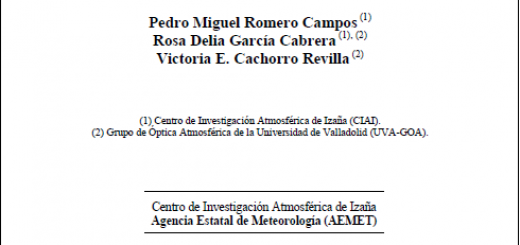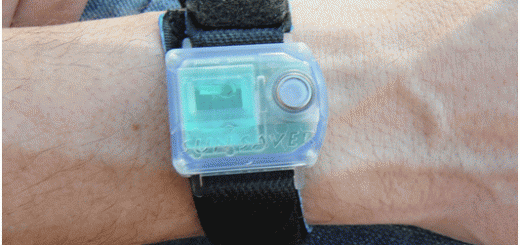Project AEROATLAN
![]()
The Izaña Atmospheric Research Centre has been awarded by the State Secretary for Research, Development and Innovation with the project AEROATLAN < Trends and multidecadal variability in the properties of aerosol in the North Atlantic>.
The research team of AEROATLAN is constituted by scientists of the Izaña Atmospheric Research Centre, the National Institute of Nuclear Physics of Italy, the University of Miami, the University of Puerto Rico, the University of La Laguna and the European University of the Canaries.
AEROATLAN (CGL2015-66299-P) is funded by the Minister of Economy and Competitiveness of Spain and the European Regional Development Fund (ERDF).
AEROATLAN
Aerosols influence on climate by interacting with radiation, influencing on cloud properties and rainfalls, and by modulating the atmosphere – ocean CO2 exchange through the ocean fertilization by iron deposition. This influence on climate of the aerosols depends on their chemical composition and microphysical properties.
The AEROATLAN project aims to understand (i) how aerosol properties may change during the trans-Atlantic transport (mainly desert dust), (ii) how the composition of atmospheric aerosol may have changed during (at least) the last (three) decades in the remote areas of the North Atlantic Ocean, and (iii) what are the implications of such changes (i and ii) for some of the climate-relevant aerosol properties. This project address questions such as:
Q1. What is the origin and the physicochemical profile of the aerosol outbreaks in the North Atlantic?
Q2. Have the environmental policies adopted in the last three decades influenced on the composition of aerosols in remote areas?
Q3. How diferent is Saharan dust in the Carribean related to that observed near Africa?
Q4. What is the conection between climate variability and aerosol properties in multidecada tim scales?
The North Atlantic region receives aerosols exported from North America and Europe, where environmental policies have modified the emissions rates of some aerosols and their precursors, and from North Africa, where desert dust export is influenced by long term climate variability and, in some regions, by human use of soil. This variability in the relative abundance of different type of aerosols with different properties (e.g. sulphate a light scattering aerosol, or black carbon, and more moderately dust, light absorbing aerosols) may have implications on processes that influence on climate, such as radiative forcing, clouds properties or rainfall.
The project is mostly based on long term measurements of aerosol composition and physical properties measured in the eastern North Atlantic – Izaña – Tenerife Global Atmospheric Watch mountain observatory – and the western North Atlantic – Barbados, Miami and Puerto Rico and Cayenne observatories. New measurements at these sites will allow understanding how climate-relevant aerosol properties may change during the transatlantic aerosol – dust transport typical of this region.
KEY WORDS: aerosols, sulphate,environmental policies, desert dust, climate, trends
Link to AEROATLAN Website: http://aeroatlan.aemet.es/?lang=en
Data of the project:
|
Reference: CGL2015-66299-P Principal Investigator: SERGIO RODRIGUEZ GONZALEZ Organization: AGENCIA ESTATAL DE METEOROLOGIA Centre: CENTRO DE INVESTIGACION ATMOSFERICA DE IZAÑA Títle: Trends and multidecadal variability in the properties of aerosol in the North Atlantic |

European Regional Development Fund







